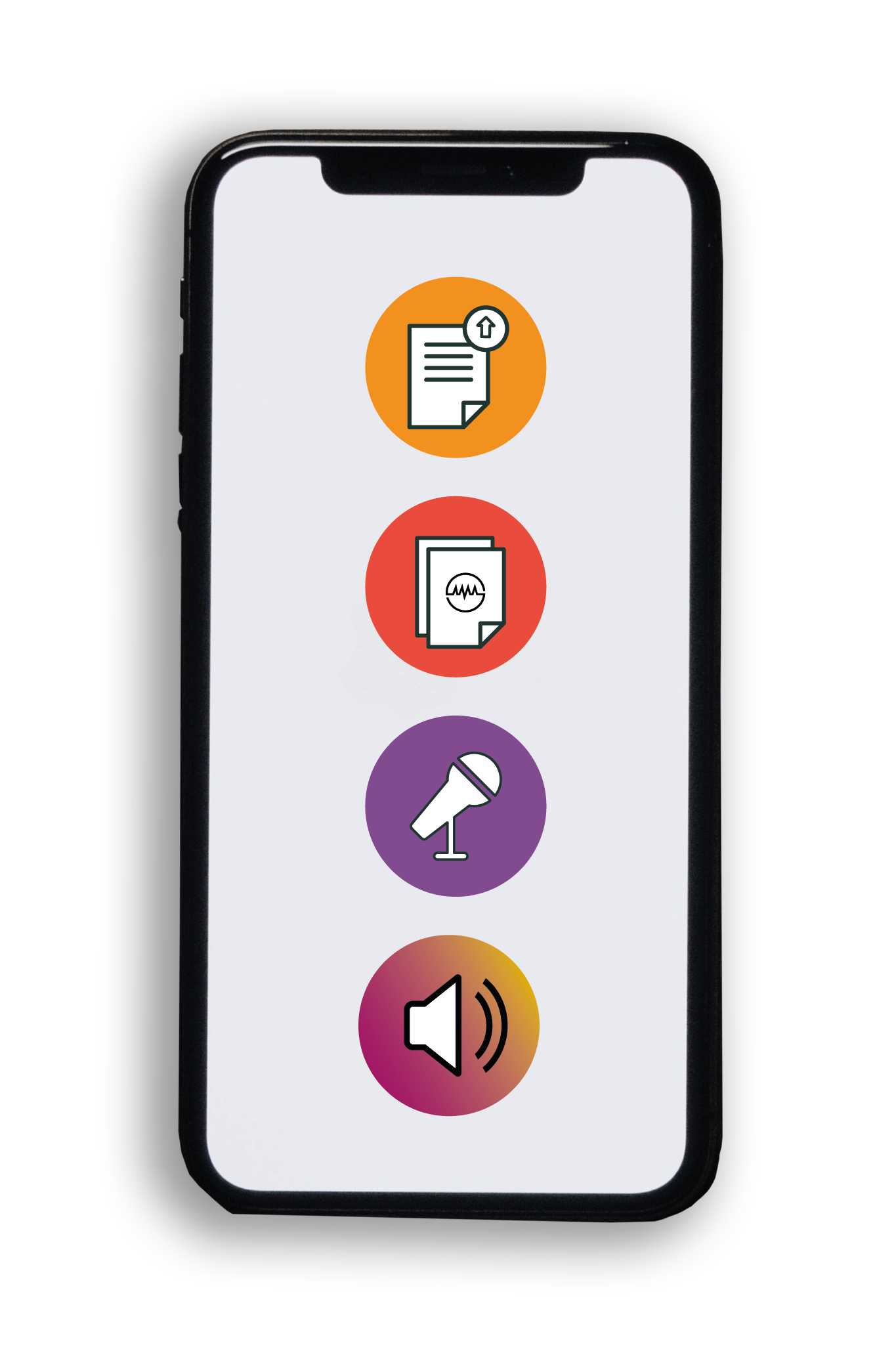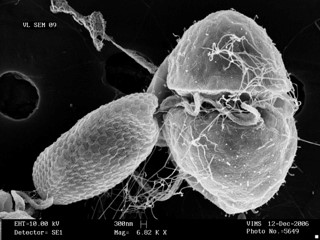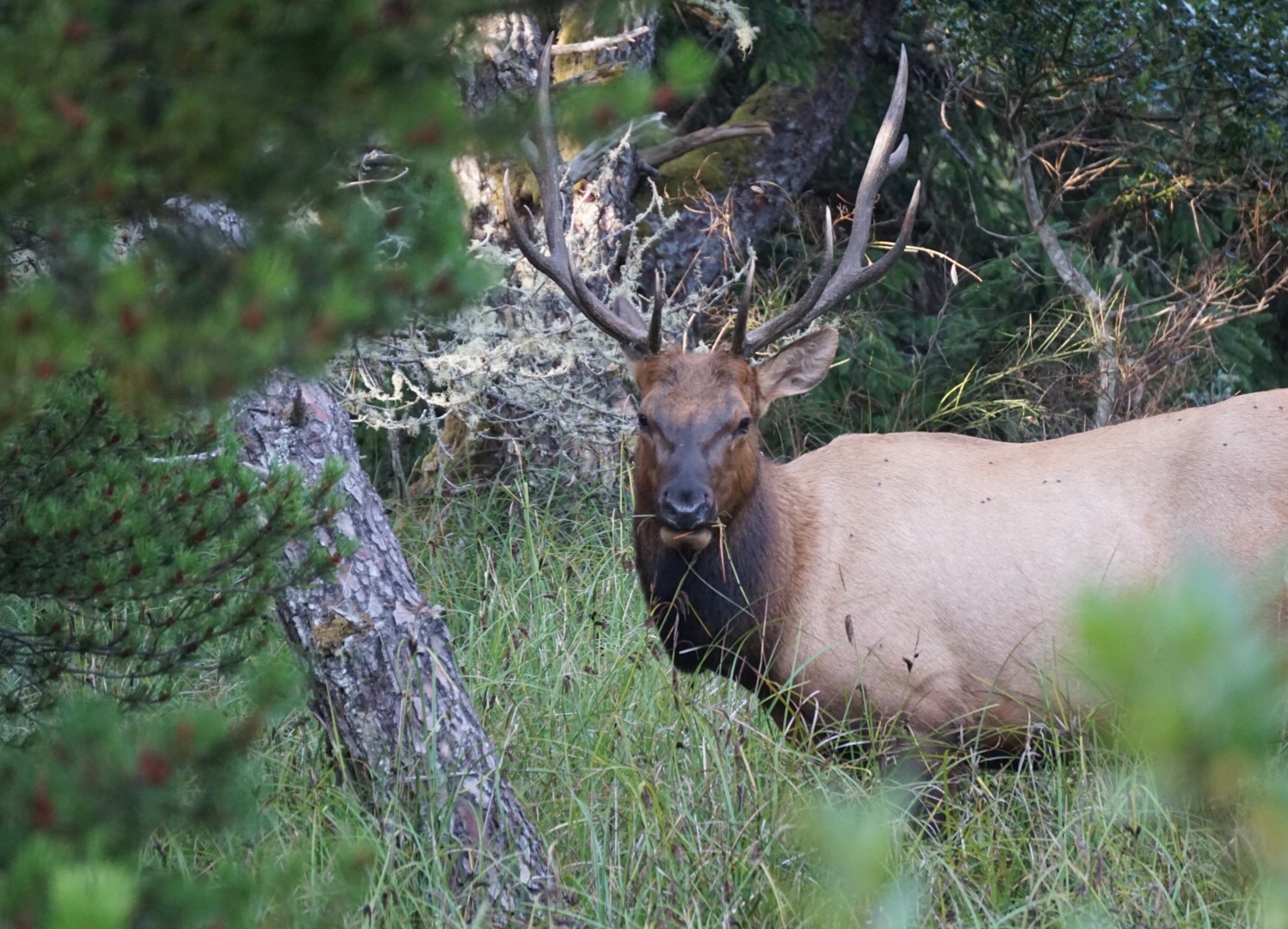Providing Effective Pest Management Education Through Animations – Dr Julia Bello-Bravo
Original Article Reference
This SciPod is a summary of the paper:
doi.org/10.1564/v29_apr_02
About this episode
Integrated pest management describes effective and environmentally sensitive approaches to controlling agricultural pests, which are based on combinations of different practices. Educational information on integrated pest management is much more accessible in the developed world than in developing countries. This is due to a combination of language and technology barriers around information sharing. To ensure that reliable content related to integrated pest management systems and other educational resources can also be widely accessed by people in developing countries, researchers at Michigan State University and Purdue University have created Scientific Animations Without Borders – or SAWBO – which provides scientifically accurate animations about various important topics.
This work is licensed under a Creative Commons Attribution 4.0 International License. 
What does this mean?
Share: You can copy and redistribute the material in any medium or format
Adapt: You can change, and build upon the material for any purpose, even commercially.
Credit: You must give appropriate credit, provide a link to the license, and indicate if changes were made.
More episodes
Dr. Allen Place | Small but Deadly: The Tale of K. veneficum
The oceans, huge and brimming with diverse lifeforms, pose no less a struggle for survival for their inhabitants than that faced by creatures on dry land. Evolution has furnished marine organisms with huge array of defensive, and indeed, offensive adaptations to help them to thrive in this battleground. Among the organisms who live and compete in the ocean are dinoflagellates. These are small, single-celled creatures that are an important component of plankton found in marine ecosystems. Despite their tiny size, dinoflagellates such as Karlodinium veneficum can wield potent biochemical weaponry that gives them an edge against other competing organisms. Decades since the discovery of the toxic properties of Karlodinium veneficum, researchers such as Dr. Allen Place of the University of Maryland Center for Environmental Sciences, and his colleagues, have begun to unravel the secrets of its potent toxins, called karlotoxins. Their findings offer fascinating insights into the interactions of marine life and the weapons they adopt to capture prey and deter predators.
Dr. Andrea Grindeland | The Tiny Heroes That Could Save Deer and Elk from Chronic Wasting Disease
It’s not difficult to picture a lush forest landscape populated with majestic deer and elk, long admired for their prowess and strength. Now, imagine that same scene, but instead of healthy and happy animals browsing a forest ecosystem, we see creatures that are thin and disoriented, that struggle to run or even stand, with halting and confused movements that are pitiable and distressing to watch. This is the harsh reality of Chronic Wasting Disease, an illness that currently has no cure and that threatens such wildlife around the world. Part of the challenge with Chronic Wasting Disease is the difficulty in studying it reliably in wildlife. The disease has subtle signs at an early stage, and it is difficult to obtain robust and reproducible data from large, wild animals who often live in remote and poorly accessible forest ecosystems. Consequently, researchers have turned to an unlikely but powerful ally, the tiny laboratory mouse, to model and study the disease under laboratory conditions. Dr. Andrea Grindeland of the McLaughlin Research Institute, and her colleagues, have authored a review of the existing mouse models of Chronic Wasting Disease. These tiny creatures have been engineered to mimic the biology of cervids, such as deer and elk, and are providing crucial insights into how Chronic Wasting Disease evolves, is transmitted, and how it might one day be controlled or even eradicated.
Dr. Howard Stevenson | Healing the Wounds of Racism: How Racial Literacy Can Empower Youth and Adults
Racist encounters, both subtle and overt, continue to plague society and take a severe toll on the mental and physical health of people of colour. However, innovative research shows how we can equip youth and adults with the skills to navigate these stressful situations and emerge stronger. Dr. Howard Stevenson and his team at the University of Pennsylvania are pioneering new approaches to help people cope with racial trauma and find their voice.
Dr Yvette Gramlich | How bursts of biomass burning can impact the Arctic
The Arctic’s climate is changing faster than almost anywhere else on Earth, but climate scientists are still uncertain how it is being affected by carbon-rich aerosols, released by fires thousands of kilometres to the south. Through their research, a team led by Dr Yvette Gramlich at Stockholm University in Sweden and the Paul Scherrer Institute in Switzerland has gained deeper insights into how these aerosols are impacting Earth’s northernmost reaches. Their work could help climate scientists to better predict how the Arctic’s climate will change in the future.
Increase the impact of your research
• Good science communication helps people make informed decisions and motivates them to take appropriate and affirmative action.
• Good science communication encourages everyday people to be scientifically literate so that they can analyse the integrity and legitimacy of information.
• Good science communication encourages people into STEM-related fields of study and employment.
• Good public science communication fosters a community around research that includes both members of the public, policymakers and scientists.
• In a recent survey, 75% of people suggested they would prefer to listen to an interesting story than read it.

Step 1 Upload your science paper
Step 2 SciPod script written
Step 3 Voice audio recorded
Step 4 SciPod published




